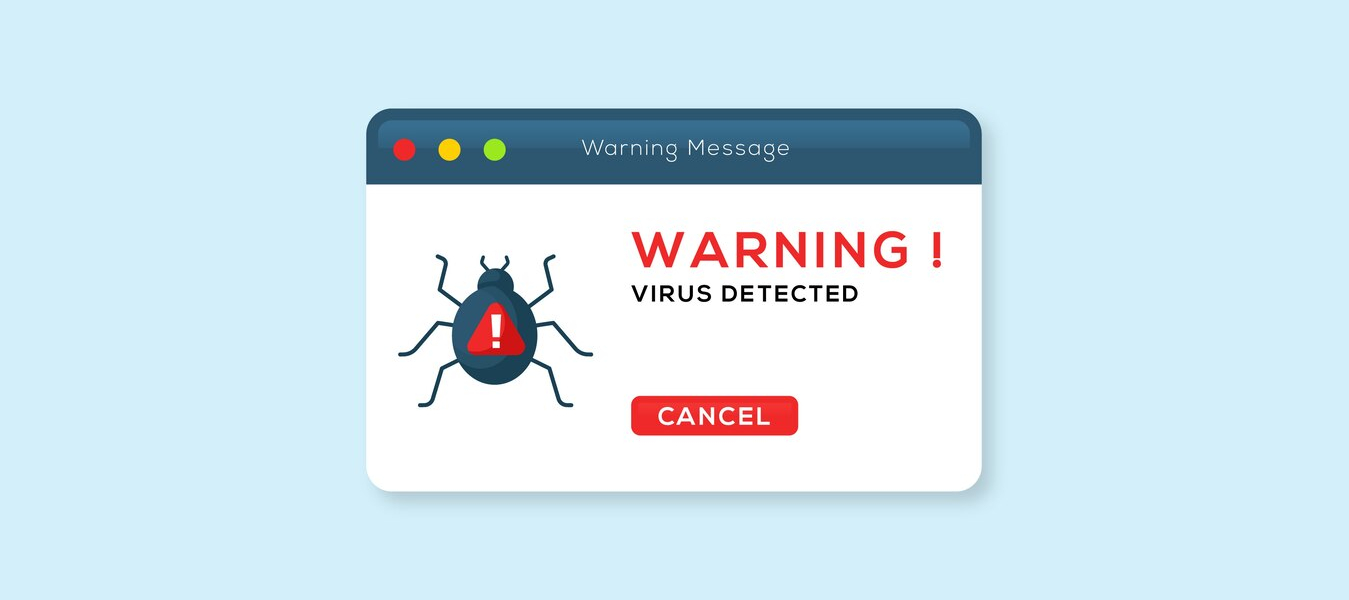
Malware
What is Malware?
Malware, short for “malicious software,” refers to any software intentionally designed to harm, exploit, or compromise the functionality of computer systems, networks, or devices. Malware can take various forms and can be used for different purposes, such as stealing sensitive information, disrupting operations, or gaining unauthorized access.
Types of Malware
Common types of malware include:
- Viruses: Programs that attach themselves to legitimate files or programs, spreading when these files are executed.
- Trojans: Malicious software disguised as legitimate applications or files to deceive users.
- Worms: Self-replicating malware that spreads across networks and devices.
- Ransomware: Malware that encrypts data and demands a ransom for decryption.
- Spyware: Software that secretly collects information about a user’s activities without their consent.
- Adware: Displays unwanted ads and gathers user data for advertising purposes.
- Rootkits: Malware that gains unauthorized access and control over a system or device.
- Botnets: Networks of compromised devices controlled by a remote attacker for various purposes.
Common Malware Vectors
Malware can enter systems through various vectors, including:
- Email attachments
- Infected software downloads
- Malicious websites
- Drive-by downloads
- Removable media (USB drives)
- Social engineering (phishing)
How Malware Works
Infection Process
Malware infections typically follow these steps:
- Delivery: Malware is introduced into the target system through an infection vector.
- Execution: The malware is executed, often disguised as a legitimate program.
- Propagation: Some malware types self-replicate, spreading to other systems.
- Malicious Activities: The malware carries out its intended actions, which may include data theft, system disruption, or further infection.
- Persistence: Malware often tries to maintain a presence on the infected system to ensure long-term control.
Malicious Activities
Malware can perform a range of malicious activities, including:
- Data theft
- System or data destruction
- Surveillance and data exfiltration
- Cryptomining
- Botnet participation
- Spamming
- Ransom demands
Data Exfiltration
Many malware variants aim to steal sensitive information, such as personal data, financial records, and intellectual property. This stolen data is then exfiltrated to the attacker, potentially causing significant harm.
Preventing Malware
Best Practices for Individuals
- Individuals can protect themselves from malware by:
- Keeping software and operating systems up to date.
- Using reputable antivirus and anti-malware software.
- Being cautious about email attachments and links.
- Downloading software only from trusted sources.
- Regularly backing up important data.
- Using strong, unique passwords and two-factor authentication.
- Educating themselves on common social engineering tactics (phishing).
Best Practices for Businesses
Businesses can enhance their cybersecurity by:
- Implementing network security measures, including firewalls and intrusion detection systems.
- Conducting regular security audits and vulnerability assessments.
- Training employees on cybersecurity best practices and threat awareness.
- Restricting access to sensitive data and systems.
- Employing email filtering and content scanning to detect malicious content.
- Developing an incident response plan for malware outbreaks.
Best Practices for Organizations
- Organizations should take additional measures to protect against malware:
- Establishing a cybersecurity policy and incident response plan.
- Regularly patching and updating all software and systems.
- Employing network segmentation to contain malware infections.
- Utilizing advanced threat detection and response tools.
- Conducting security awareness training at all levels.
- Monitoring and analysing network traffic for anomalies.
- Collaborating with external cybersecurity experts.











